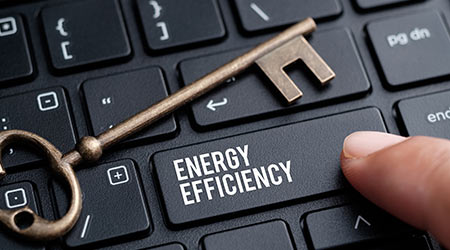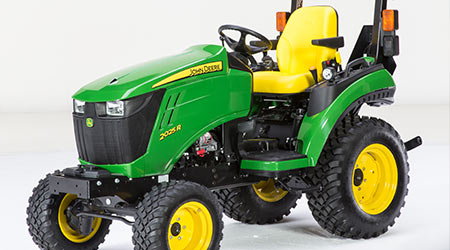
5 Steps to Becoming More Energy Efficient
February 28, 2018
Any savvy business owner is interested in making their business more energy efficient, especially if it promises to streamline their annual budget in both the short term and the long run.
There are a number of strategies and tactics maintenance and engineering managers can implement in order for their commercial or institutional facility to become more energy efficient.
According to CBS Chicago, there are five steps managers can take to become more energy efficient.
Smart buys
Buy office tools and resources that have been ENERGY STAR certified by the federal government. These items not only guarantee energy efficiency, but are also EPA-backed as goods that protect the environment. Among ENERGY STAR approved equipment are scanners, computers, monitors, fax machines and even vending machines.
Watch the weather
When heating or cooling your office, keep your thermostat at a reasonable level when the work environment is occupied. In the summer, the office thermostat should be in the mid-70s, and in the winter, the office thermostat should read between 65 and 70 degrees. In addition, remind your staff that they can also do their part by keeping an extra layer of clothing on hand to wear during the colder months and by dressing in lighter fabrics while at the job during the warmer months.
Off-duty
For energy’s sake, program your thermostat to be set even higher than usual when cooling and lower than usual when heating at night and on the weekends. Locking devices to cover your thermostat are available to keep anyone from adjusting the temperature and can be purchased to ensure this step is taken. Smart thermostats are another option.
Lighten up
Inefficient, excessive, and outmoded office lighting should be considered when making changes for energy’s sake. Among ways to rectify problematic lighting, consider switching out incandescent bulbs with LED bulbs. Add dimming and sensory technology. When possible, reduce the number of lamps currently being used on a regular basis.
The basics should also be considered. Lights should be off when not in use. Let the sunlight as much of the office space as possible through the windows. Outdoor lights should be off except during nightfall.
Interior design
Design your office space in a way that works with your energy goals. For instance, if you employ the cubicle system, choose plug load controllers to multi-task. These handy work accessories employ sensors to keep track of everything from lighting, to fans, to computer monitors.
This Quick Read was submitted by Ryan Berlin, managing editor of Facility Maintenance Decisions.
Next
Read next on FacilitiesNet












